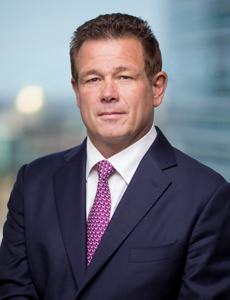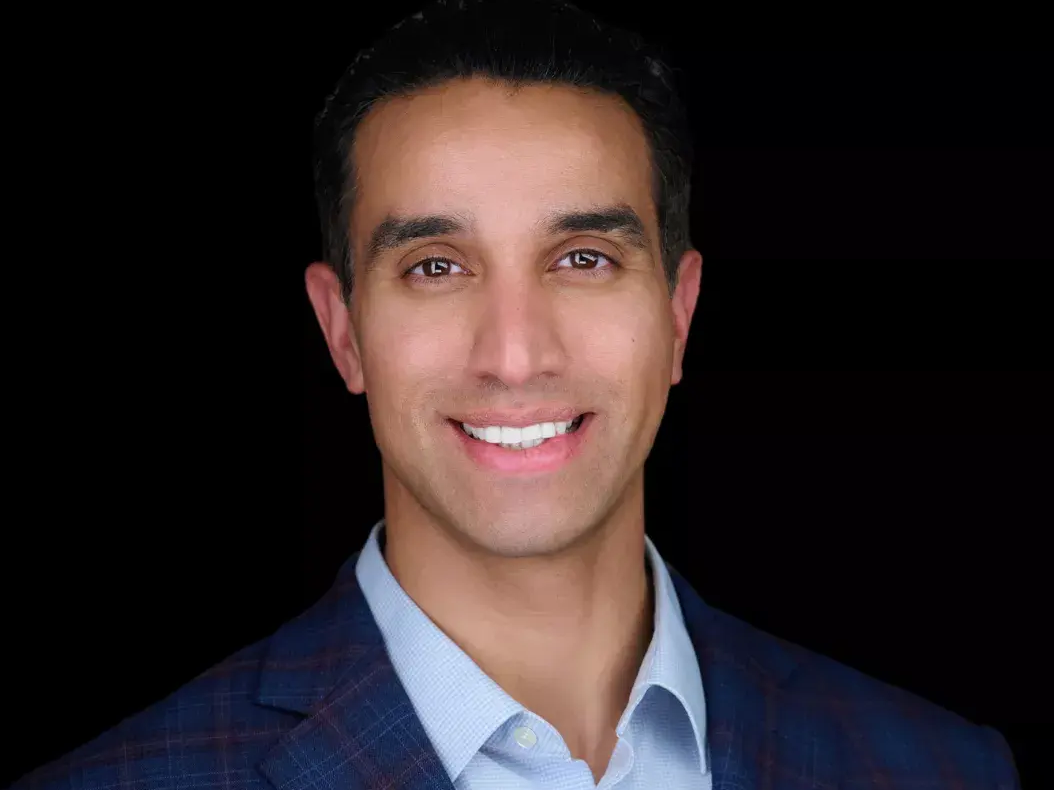A Year Like No Other: 2020’s Biggest Property Risk Management Lessons and How to Prepare for 2021

From a pandemic to civil unrest, a record-setting hurricane season and more, 2020 certainly brought about its fair share of property risk. Property owners faced these challenges head on, equipped with mitigation strategies designed to take on the brunt of these risks. But that doesn’t mean there weren’t lessons to be learned.
“In the hardening commercial property market, it is critical that owners and brokers proactively highlight the steps taken to mitigate property losses to their insurance carriers,” said Gregg Cunningham, general manager, property at Liberty Mutual.
“Together, we can learn from the strategies and tools needed this year to better protect and mitigate property risk in the future.”
The past year highlighted the critical property risks bound to shape 2021 and beyond. Savvy risk managers are working with brokers and insurers alike to prepare, all to better identify, prioritize, mitigate and manage the risk.
“We’re hopeful that property owners – and the brokers and insurers who support them – can get to a better place in the near future because of this year’s lessons,” said Ed Mazman, chief underwriting officer, specialty lines for Liberty Mutual’s Ironshore operation. “Property risks are going up significantly. There’s a lot to take from 2020 into the new year.”
Mazman and Cunningham shared the key lessons learned from 2020 and how insureds can better prepare for property risk in the years to come.
Risk & Insurance®: There have certainly been many lessons learned from 2020. To start us off, what would you say is the top one?
Ed Mazman: The unexpected can happen. 2020 saw a trifecta of events driving property losses: COVID-19, severe weather, and rioting and looting. We’ve also had a steady increase of rate the last three or so years. So, as far as lessons learned, I would say one is that rate isn’t everything. There are a lot of exposures out there. Some the industry recognized, and again, some we didn’t consider until this past year.

Ed Mazman, chief underwriting officer, specialty lines for Liberty Mutual’s Ironshore operation
Gregg Cunningham: Going into 2020, no one anticipated that a virus could bring the world to a standstill, and yet it did. In a matter of weeks, office buildings, malls and other properties largely emptied, creating huge potential exposures for commercial property owners, tenants and primary and excess insurers. We all had to adjust to a lot of moving parts with COVID, and understanding coverage became key. This is something to continue to pay attention to go forward.
R&I: You’ve mentioned the pandemic, severe weather and rioting and looting as a “trifecta” driving losses. What are some of the insights gleaned from these types of events?
EM: Starting with severe weather, if you look solely at the modeled CAT events, I think the industry has a pretty good handle on pricing, underwriting and setting line sizes for it. But if you look at the non-modeled CAT events, such as the convective storm experience we’ve had over the last several years, it’s a whole different approach. It’s almost like we now have two CAT seasons.
That’s a peril that’s really surprised everybody over the last several years, particularly in 2020, as the Atlantic hurricane season has had a record number of named storms and the number of tornado and hail events continued to grow and the geographic range of these expand.
GC: With severe weather, we expect to have some type of exposure each year, and we plan for that and we price for that. With the rioting and looting, combined with severe weather, what these two events did is accelerate the market even further than where it was going at the start of 2020. They just added so much more momentum to the market that no one really planned for.
Neither of those two events are industry changing events if you look at them individually, but when you add those on top of a pandemic, it further strengthens the need for property rate and appropriate terms & conditions.
R&I: With all of these events converging together, what risk management lessons will carry into in 2021?
GC: All these events coming together show how important it is for property owners to be prepared for any type of catastrophe. The one thing we’ll have to keep in mind for 2021 is the economic impact insureds are facing due to the economy being shut down for a good part of the past year. We will all have to learn from that, as far as how we’re going to work together going forward.
EM: As insurers, we appreciate the creative approaches that our clients take to minimize the impact of loss to their businesses, and we are here to help with risk engineering services that help strengthen facilities to minimize the growing frequency and severity of natural catastrophes.
There’s been so much activity on the CAT side, we all understand the need for strong risk management programs to better protect properties and having the right pre-disaster and post-disaster planning in place.
R&I: You’ve both mentioned clients are realizing the need to be prepared. So, how can clients partner with their insurance teams to move forward with the lessons that they’ve learned and better prepare for the future?
GC: Businesses need to be ready for the unexpected, so, it’s important to have a solid risk management strategy and plan. Good planning should be event specific, but speaking broadly, property owners should partner with their broker and insurer to identify all the risks faced by their company, prioritize these risks and develop strategic plans for mitigating and managing these exposures.

Gregg Cunningham, general manager, property, Liberty Mutual
They’ll want to look at things like where the business is located, where their critical people are, what critical systems or operations always need to be running, and what the maintenance program looks like — things like that.
EM: Having a plan in place can help minimize the impact of an event. Anytime the insured can minimize the loss — whether it involves having vendors readily available, having contractors minimize the downtime from the business interruption — it’s going to have a positive effect on the business.
Insurers must meet with clients, listen to their situations and their plans. There’s a need for really, really good communication and listening that must be part of the risk management planning process, and that starts with having partners that understand the whole business and its goals.
R&I: Do you have any closing thoughts on property risk management as we enter 2021?
EM: This is an environment where rate is needed. Buyers really should start thinking about how they can market their programs in order to get the most attractive rates and to partner with insurers that can help them by delivering value.
That value is delivered, one, by preventing bad things from happening through improving the strength of their facilities to consulting and other services. And two, by managing claims to produce better outcomes when bad things happen.
GM: When events happen, buyers need to know if the carrier is going to be able to respond and if they have the resources and supplies necessary. With COVID, we’ve seen that supplies can be limited. So, having a carrier that has contracts or pre-negotiated relationships with vendors throughout the country is extremely important.
Because when these events happen, it’s not just one or two insureds that are active at the same time, it’s thousands. Everyone’s waiting, and then that gets thousands of contractors involved. Insureds must make sure that they have a carrier that’s going to have them at that top of the list. &











